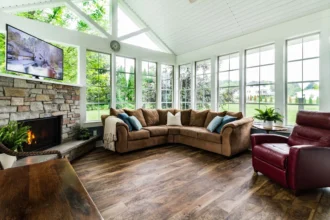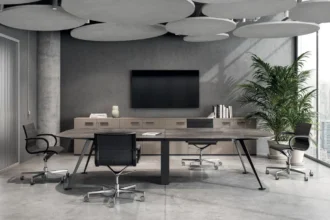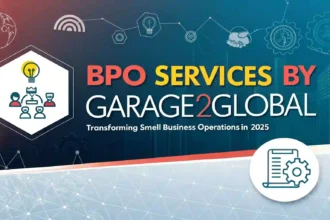Balancing Cost with Quality in Restaurant Equipment Selection

When purchasing restaurant equipment, finding the balance between cost and quality is essential. Investing in cheap, low-quality equipment may save money upfront, but it can lead to frequent breakdowns, poor performance, and higher replacement costs in the long run. Conversely, top-shelf, high-quality equipment is often built to last and may offer better warranties, but it may also come with a price tag that can strain a new or small business’s budget.
It’s important to research and compare different brands and models for each piece of equipment you need. Look for reviews from other restaurant owners and chefs who have first-hand experience with the equipment’s durability and performance. Sometimes mid-range options can offer a good compromise between quality and cost, providing reliability without breaking the bank.
Used equipment is another avenue to consider for alleviating cost without sacrificing quality. Many pieces of commercial kitchen equipment are built to last and can serve a new restaurant well, even with previous use. However, be sure to inspect used equipment thoroughly and understand its history to ensure it won’t lead to greater expenses or operational challenges in the future.
Some suppliers offer financing options that allow you to pay for your equipment over time. This can ease the initial financial burden and allow you to allocate resources to other areas of your business. However, always calculate the long-term financial implications to make sure that any financing options make sense for your restaurant’s predicted cash flow. Try searching for “Las Vegas restaurant equipment” to discover local options nearby.
The Role of Space and Kitchen Layout in Equipment Choice

The physical space of your kitchen plays a significant role in dictating the type and size of equipment you can accommodate. It’s imperative to have a floor plan when selecting your equipment to ensure each piece will fit comfortably and allow for an efficient workflow. Congestion in a kitchen not only slows down service but can also pose safety hazards for staff.
When planning your kitchen layout, consider the sequence of food preparation, cooking, and service. There should be a logical progression in the placement of equipment to minimize unnecessary movement. For instance, refrigerators and prep stations should be situated near the cooking line to streamline the process of getting ingredients to the chefs.
Some equipment might serve a dual purpose, such as under-counter refrigeration that also provides a worktop. Choosing such multi-use items can maximize the utility of your space. Similarly, opting for equipment with a smaller footprint or units designed to stack can be a smart move for kitchens with limited square footage.
Moreover, remember to include adequate clearance space for maintenance and cleaning around your equipment. The ease of accessing all sides of a piece of equipment not only facilitates hygiene but can also prevent issues that arise from neglecting hard-to-reach areas. Always prioritize a layout that supports maintenance as well as daily operations.
Energy Efficiency and Sustainability Considerations
Energy efficiency is an increasingly important consideration when selecting restaurant equipment. Not only can energy-efficient appliances reduce your establishment’s environmental impact, but they can also translate into significant savings on utility bills. To capitalize on these advantages, look for equipment with ENERGY STAR ratings or those that boast high efficiency.
Additionally, consider the long-term sustainability of the equipment. Models designed with greener technologies use less water, electricity, and gas, and often run cleaner, decreasing your restaurant’s carbon footprint. While environmentally-friendly options might have a higher initial cost, grants and tax incentives for sustainable practices can help offset these expenses.
Moreover, the type of energy your equipment uses—electricity, gas, or even alternative sources—can also influence its sustainability and operational cost. In certain regions, one type of energy might be less expensive or more environmentally friendly than others. Choose equipment that aligns with the energy options that are both financially viable and sustainable for your location.
Altogether, selecting the right restaurant equipment involves balancing cost, quality, space, and sustainability to create a functional and efficient kitchen. By making informed choices that align with your menu and operational needs, you can set your restaurant up for long-term success and profitability.














